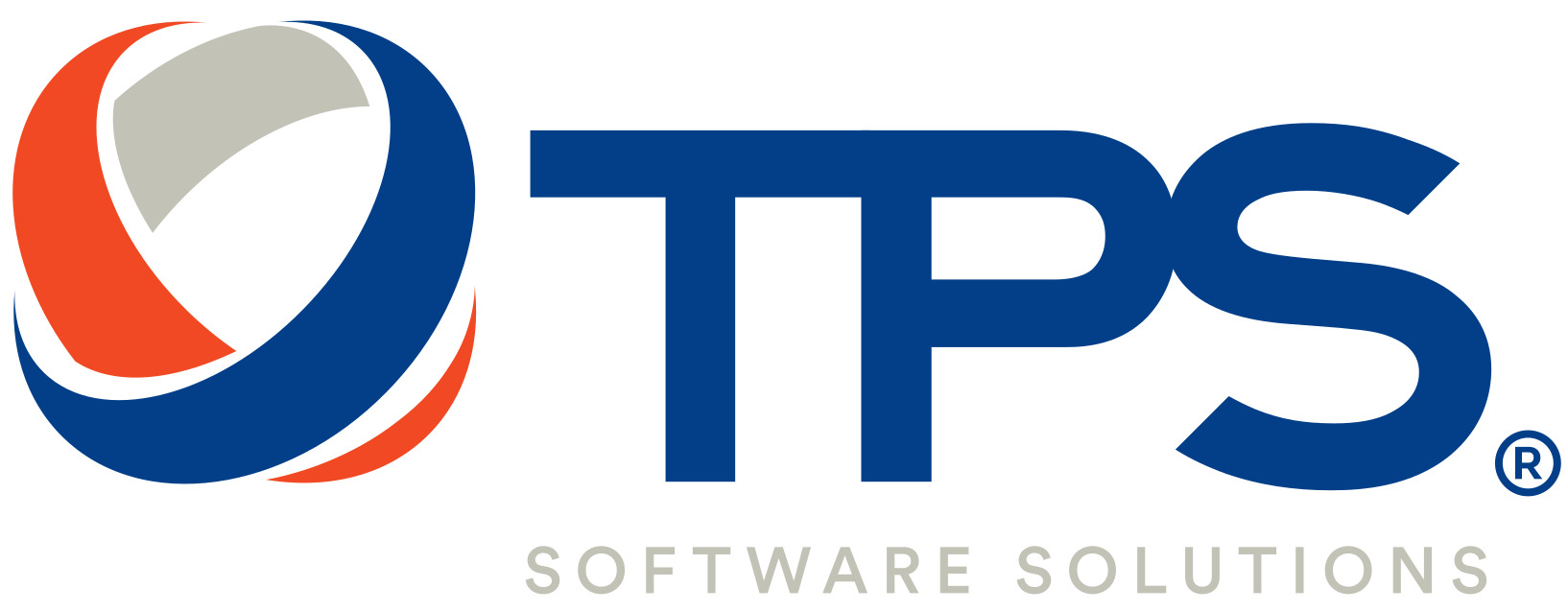Introduction
Understanding the fundamental principles of software design has become paramount nowadays. For developers, these principles serve as the North Star, guiding them through the intricate process of crafting robust, scalable, and maintainable applications. In this in-depth exploration, we will traverse the technical landscape of software design, delving into the core tenets that not only shape the architecture of applications but also define the very essence of effective coding practices.

1. Simplicity
Prioritizing Clarity and Minimalism
One of the golden rules of software design is to keep things as simple as possible. Complexity often leads to software that is difficult to understand, maintain, and debug. Simplicity in design helps in creating software that is efficient and easy to modify or extend. This involves using clear naming conventions, avoiding unnecessary features (feature creep), and designing for minimalism and intuitiveness.
2. Modularity
Breaking Down the System
Modularity refers to designing software in discrete components or modules. This approach enhances maintainability and makes it easier to update and manage different parts of the software independently. It also facilitates team collaboration, as different teams can work on separate modules simultaneously without significant overlap.
3. Reusability
Leveraging Existing Assets
In software design, reusability is the practice of creating software components that can be reused in different parts of the application or different projects. This not only saves time and resources but also ensures consistency across various parts of the software. Reusable components should be well-documented, tested, and maintained.
4. Scalability
Designing for Growth
Scalability is a crucial aspect of software design, especially in the age of cloud computing and big data. Software should be designed to handle load increases, whether it’s more data, users, or transactions, without significant changes to the system. This involves considering load balancing, database optimization, and resource management.
5. Security
Building Secure Foundations
Security should be integrated into the software design from the outset. This means considering potential threats and vulnerabilities and designing the software to mitigate these risks. Secure software design includes practices like input validation, encryption, secure storage of sensitive data, and adherence to security protocols and standards.
6. Performance Optimization
Ensuring Efficiency and Speed
Performance is a key consideration in software design. Software should be optimized for speed and efficiency, with minimal latency and resource usage. This involves optimizing algorithms, minimizing memory leaks, efficient database queries, and ensuring the software runs smoothly across different devices and platforms.
7. User-Centered Design
Focusing on the End User
Software is ultimately designed for users, so their needs and experiences should be at the forefront of the design process. This involves understanding the user’s needs, preferences, and behaviors, and designing interfaces that are intuitive, accessible, and provide a positive user experience.

8. Maintainability
Planning for Long-Term Sustainability
Software should be designed with maintainability in mind. This means creating software that is easy to test, debug, and extend. Good practices include writing clean, well-documented code, following coding standards, and using version control systems.
9. Robustness and Fault Tolerance
Designing Resilient Software
Robust software design ensures that the software can handle errors and unexpected conditions gracefully. This involves validating inputs, implementing error-handling mechanisms, and designing the system to recover from failures without losing data or functionality.
Conclusion
The principles of software design are foundational guidelines that help create software that is not only functional but also reliable, efficient, and user-friendly. By adhering to these principles, developers can ensure that their software stands the test of time and meets the evolving needs of users and businesses. As technology continues to advance, these principles serve as a constant reminder of the fundamental practices that underlie successful software development.














